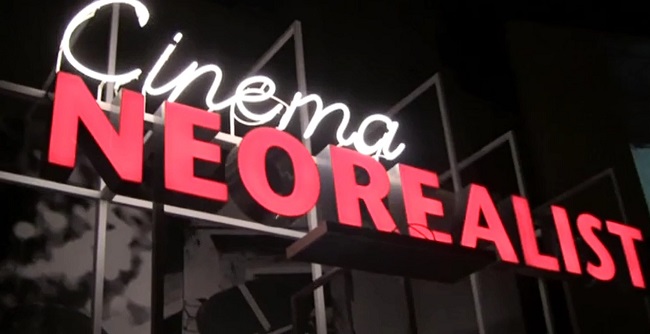Di Anna & Maria Sciacca
IL CINEMA ITALIANO DEL NEOREALISMO
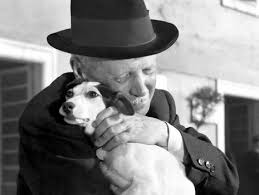
Il cinema neorealista nasce in Italia durante la Seconda Guerra Mondiale e nel dopoguerra tra gli anni Quaranta e Cinquanta, le storie raccontano di lavoratori e disoccupati che abitano in quartieri poveri.
I film girati in ambienti esterni presentano strade dove si vedono edifici quasi distrutti; le riprese si fermano su qualche dettaglio: l’espressione di un volto, una strada, scene in bianco e nero molto belle.
Dopo il fascismo, l’Italia inizia a riprendersi ma le difficoltà sono tante: persone senza un lavoro, città con palazzi danneggiati. L’industria cinematografica italiana ha pochi mezzi, gli Studios di Cinecittà sono stati distrutti e c’è la concorrenza dei film americani.

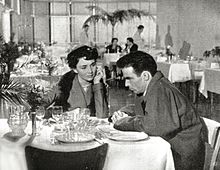
Per la proiezione di questi film, prima bisogna passare un controllo governativo e tuttavia il neorealismo ha successo anche in altri paesi. Il cinema neorealistico resta una cultura cinematografica importante per il suo valore storico, per raccontare qualcosa di vero, storie della vita quotidiana di operai, contadini, pensionati.
Molti registi e sceneggiatori sentono il bisogno di raccontare quello che l’Italia ha passato dalla Resistenza verso una ripresa economica, il periodo “Boom” e cercare una rinascita sociale.
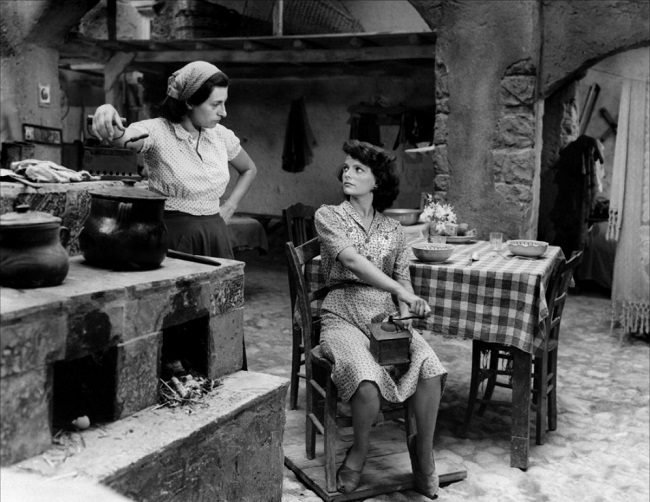
Ricordando alcuni film del Neorealismo: “Paisà”, “Roma città aperta” di Roberto Rossellini, “Stazione Termini”, Sciuscià”, “Ladri di biciclette”, “Umberto D.” di Vittorio De Sica, “Il ferroviere” di Pietro Germi, “Vulcano” di William Dieterle, “Ossessione” di Luchino Visconti, “Accattone” di Pier Paolo Pasolini, “Il cappotto” di Alberto Lattuada, “Ladro lui, ladra lei”, “Vivere in pace” di Luigi Zampa, “Un giorno nella vita” di Alessandro Blasetti, “La famiglia passaguai” di Aldo Fabrizi, “I vitelloni” di Federico Fellini, “Il sole sorge ancora” di Aldo Vergano, “Che tempi” di Giorgio Bianchi.
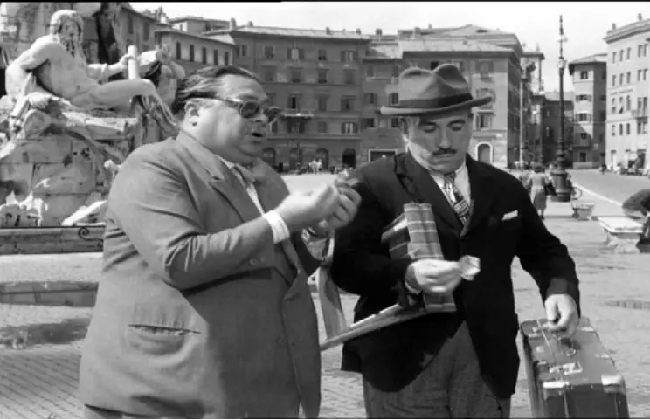
In questi film hanno lavorato grandi attori e attrici come Alberto Sordi, Massimo Girotti, Marcello Mastroianni, Carlo Battisti, Lea Padovani, Franco Interlenghi, Anna Magnani, Rossano Brazzi, Aldo Fabrizi, Ave Ninchi, Peppino De Filippo, Amedeo Nazzari, Gilberto Govi, Gino Cervi, Franco Citti, Renato Rascel, ma anche attrici e attori non professionisti, tutti molto bravi, con una recitazione spontanea hanno saputo interpretare l’amarezza con un certo umorismo, le speranze, le emozioni, le attese anche nelle difficili situazioni della vita.
IL NEOREALISMO IN AMERICA

Se si può parlare di cinema neorealista in America forse possiamo parlare di film ambientati a New York, storie di persone che per uscire dalla povertà fanno lavori modesti oppure diventano pugili come nel film “Body and Soul” di Robert Rossen, con John Garfield, “Thieves’ Highway” di Jules Dassin con Richard Conte, Valentina Cortese e Barbara Lawrence, “The man with the golden arm” by Otto Preminger con Frank Sinatra e Kim Novak, “Raw deal”, di Antohony Mann la storia di un detenuto che evade dal carcere, “A hatful of rain” di Fred Zinnermann con Eva Maria Saint e Anthony Franciosa,, “Salt of the earth” di Michael Biberman che racconta la vera storia di un minatore messicano che combatterà per migliori condizioni di lavoro a pari con i minatori inglesi, “American me” di Edward James Olmos girato nella prigione di Los Angeles, “Midnight cowboy ” di John Schlesinger con Jon Voight e Dustin Hoffman, è la storia di amicizia tra un giovane che arriva a New York con tante aspettative e incontra un povero zoppo, i due si aiutano cercando di superare i vari disagi e raggiungere le spiagge della Florida, “The saint of Fort Washington” di Tim Hunter con Matt Dillon e Danny Glover è l’incontro tra due senzatetto, un giovane schizofrenico e un veterano che cercano di sopravvivere sulla strada, “Once upon a time in America” di Sergio Leone con Robert De Niro, Elizabeth McGovern, ambientato durante il proibizionismo nei bassifondi di New York, lotte degli operai, politica e criminalità organizzata.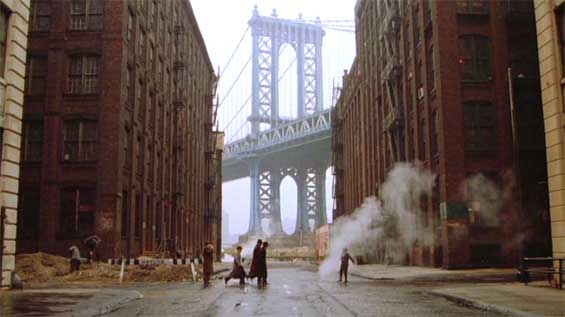
I registi americani non avevano molte possibilità di realizzare film sociali, negli anni quaranta e cinquanta, c’era la lista nera di McCarthy e continua anche dopo il sistema anticomunista ma tuttavia alcuni film hanno messaggi che invitano a prendere coscienza e aiutare i più poveri.
Dal cinema neorealista italiano sono venuti molti bei film noir americani e anche film che si sono interessati della classe lavoratrice, delle persone emarginate dalla società, questi film sono stati realizzati con una recitazione e una fotografia di grande valore.

THE ITALIAN CINEMA OF NEOREALISM
Neorealist cinema was born in Italy during the Second World War and in the post-war period between the Forties and the Fifties. The stories tell the tales of workers and unemployed people who live in poor housing.
The films shot outdoors on locations, show streets where there are buildings almost destroyed, the shots stop on some details: the expression of a face, a street, and very beautiful black and white scenes.
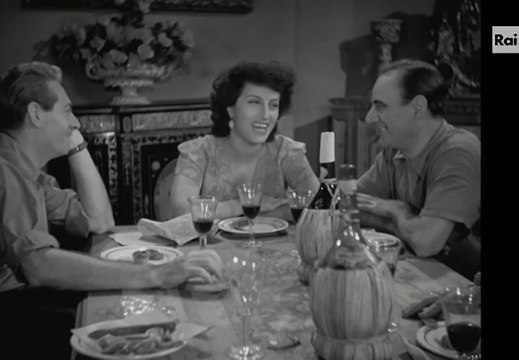
After fascism’s fall from power, Italy begins to recover but the difficulties are many: people are without a job, and cities have damaged buildings. The Italian film industry has few means, Cinecittà studios have been almost destroyed, and there is heavy competition from American films.
For the screening of these films, there is government control and yet Neorealism was successful also in other countries. The neorealistic cinema remains an important cinematographic culture for its historical value, for telling the truth, and stories of workers, farmers, and retired people.
Many directors and screenwriters feel the need to tell what Italy has gone through from the political Resistance to an economic rising, “The Boom” period, and is looking for a social renaissance.
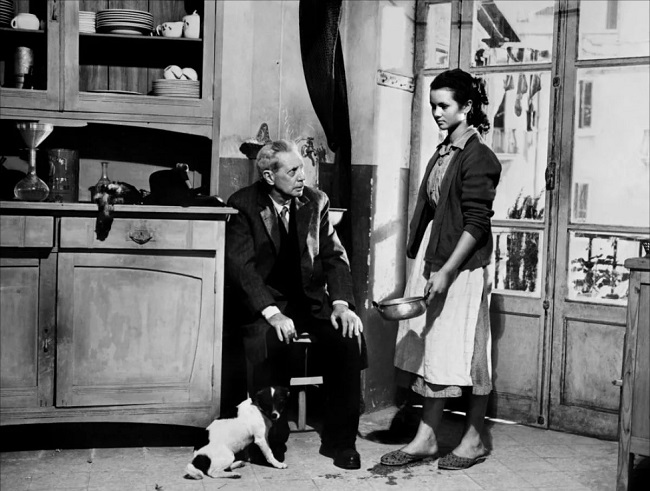
Recalling some films of Neorealism: “Paisà”, “Roma città aperta” by Roberto Rossellini, “Stazione Termini”, “Sciuscià”, “Ladri di biciclette”, “Umberto D” by Vittorio De Sica, “Il ferroviere” by Pietro Germi, “Vulcano” by William Dieterle, “Ossessione” by Luchino Visconti, “Accattone” by Pier Paolo Pasolini, “Il cappotto” by Alberto Lattuada, “Ladro lui, ladra lei”, “Vivere in pace” by Luigi Zampa, “Un giorno nella vita” by Alessandro Blasetti, “La famiglia passaguai” by Aldo Fabrizi, “I vitelloni” by Federico Fellini, “Il sole sorge ancora” by Aldo Vergano, “Che tempi!” by Giorgio Bianchi.
Great actors and actresses have worked in these films such as Alberto Sordi, Massimo Girotti, Marcello Mastroianni, Carlo Battisti, Lea Padovani, Franco Interlenghi, Anna Magnani, Rossano Brazzi, Aldo Fabrizi, Ave Ninchi, Peppino De Filippo, Amedeo Nazzari, Gilberto Govi, Gino Cervi, Franco Citti, Renato Rascel, even non-professional actor and actresses, all very good, with spontaneous acting, they have been able to perform bitterness with a certain humor, hopes, emotions, and expectations even in the difficult situations of life.
NEOREALISM IN AMERICA
If we can talk about neorealist cinema in America, maybe we can talk about films set in New York, stories of people who want to get out from the poverty, they make modest works or they become boxers, as in the film “Body and Soul” by Robert Rossen with John Garfield, “Thieves’ Highway” by Jules Dassin con Richard Conte, Valentina Cortese, Barbara Lawrence, “The man with the golden arm” by Otto Preminger with Frank Sinatra and Kim Novak, “Raw deal” by Anthony Mann, which tells about an inmate who escapes from prison, “A hatful of rain” by Fred Zinnermann with Eva Marie Saint and Anthony Franciosa, “Salt of the earth” by Michael Biberman which tells the true story of a Mexican miner who will fight for better working conditions on a par with British miners, “American me” by Edward James Olmos filmed in Los Angeles prison, “Midnight Cowboy” by John Schlesinger with Jon Voight and Dustin Hoffman, the story of a friendship between a young man who arrives in New York, with many expectations, they help each other trying to overcome the various hardships and reach the beaches of Florida, “The saint of Fort Washington” by Tim Hunter with Matt Dillon and Danny Glover, it’s the meeting between two homeless, a schizophrenic young man and a veteran who try to survive on the street, “Once upon a time in America” by Sergio Leone with Robert De Niro, Elizabeth McGovern, it’s set in New York slums during Prohibitionism, the workers’ struggles, politics and organized crime.
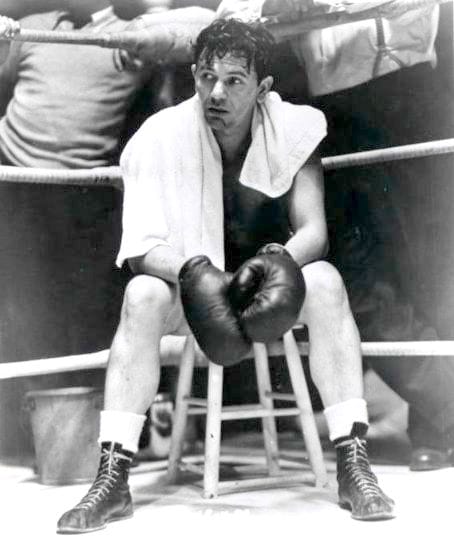
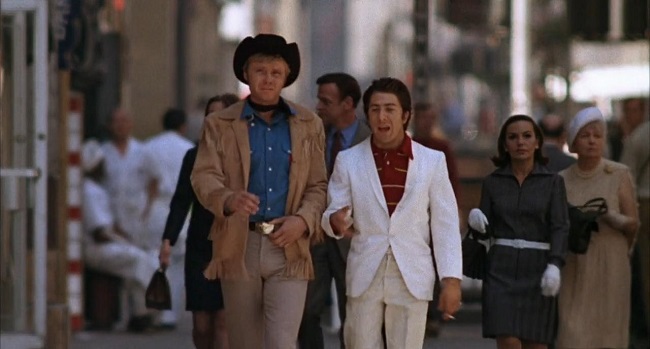
American directors didn’t have many opportunities to make social films, in the Forties and Fifties, since there was McCarthy’s blacklist and that continues even after the anti-communist system, but nevertheless some films have messages that invite you to become aware and help the poor people.
From the Italian neorealist cinema, many fine American noirs were realized, films that took an interest in the working class, and people emarginated by society, these films were made with very valuable acting and cinematography.


